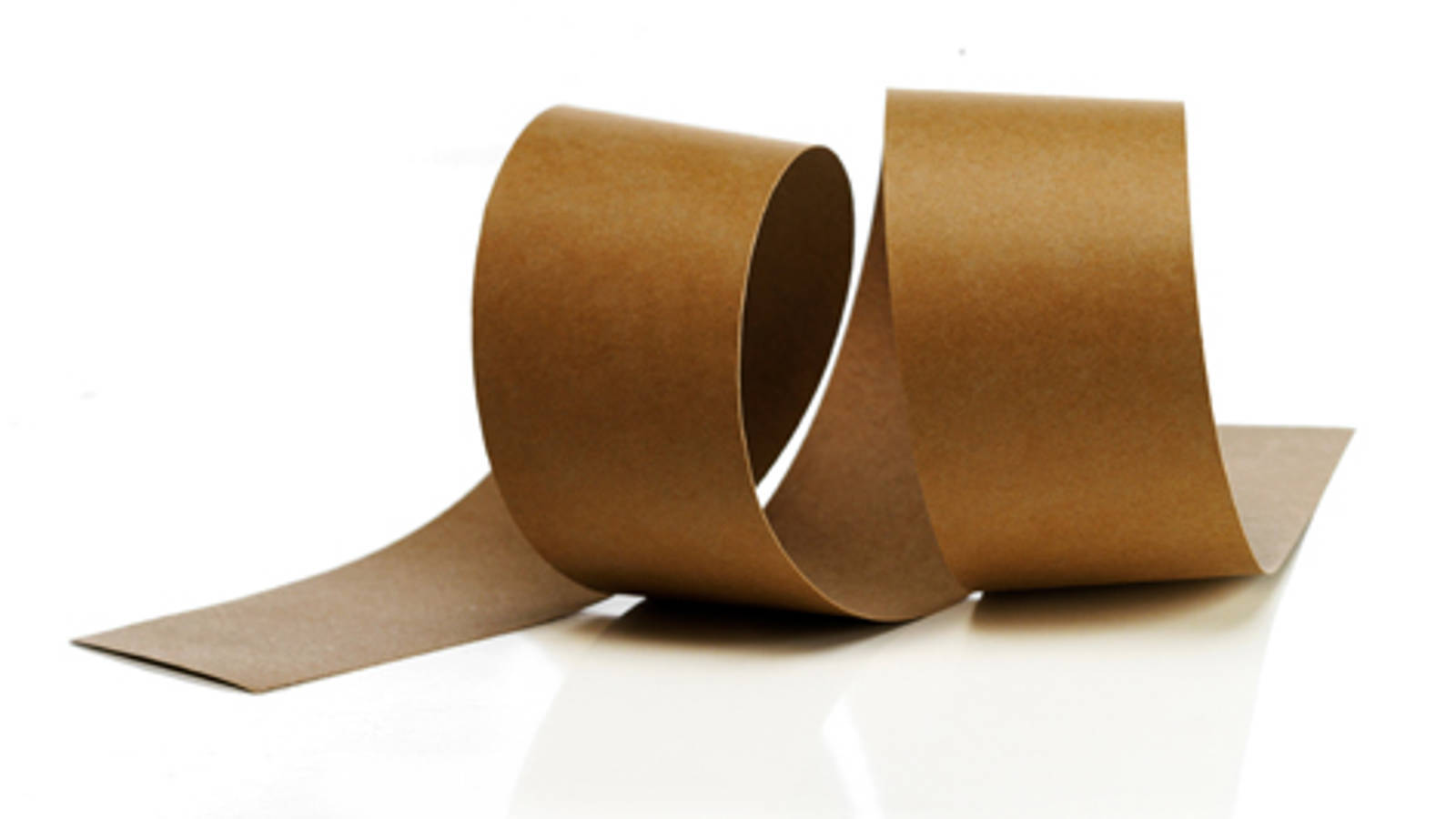
Choosing the right kraft liner board means knowing what your product needs. You want to keep your items safe when they ship. Thicker boards help protect heavy or breakable products. Standard parcels under 30 lbs need 3mm thickness. They also need an edge crush test of at least 35 lb/in. Heavy shipments over 50 lbs need 5–7mm thickness. They also need triple-wall construction.
| Weight Category | Recommended Thickness | ECT Requirement | Burst Strength Requirement | Construction Type |
| Standard parcels (≤30 lbs) | 3mm | ≥ 35 lb/in | N/A | Single-wall |
| Heavy industrial shipments (>50 lbs) | 5-7mm | N/A | >275 kPa | Triple-wall |
You should also think about how well the board prints. Pick the right type of kraft paper for your packaging. This helps your brand look good.
Key Takeaways
Pick the right thickness of kraft liner board for your product's weight. Use 3mm for normal boxes under 30 pounds. Use 5-7mm for heavy boxes over 50 pounds.
Think about how well kraft paper can be printed on. Good printing makes your brand look better. It also helps bring in more customers.
Always look at the Edge Crush Test (ECT) rating. A higher ECT rating means the box stacks better. It also gives more protection when shipping.
Choose eco-friendly materials if you can. Kraft paper can be recycled. It helps support green packaging.
Use a checklist to help you pick the right packaging. This helps you avoid mistakes. It also makes sure your packaging fits your product.
Why Kraft Liner Board Choice Matters
Product Safety
You want your products to be safe. Kraft liner board is strong and protects well. It does not tear easily because of its long fibers. You can use kraft boxes for heavy or fragile things. Many food businesses use kraft paper for take-out boxes, cups, and bowls. This material can handle rough treatment and keeps food safe. Some kraft paper has coatings that stop moisture and grease. These coatings help keep your items safe when shipping.
Kraft liner board follows strict safety rules. For example, DS Smith's kraft boxes meet US FDA standards for food contact. They also follow California Proposition 65 and other laws. Makers use Good Manufacturing Practice (GMP) to keep products safe during shipping.
| Feature | Description |
| Strength | Kraft paper is much stronger and lasts longer than regular paper. |
| Durability | It is used in food take-out boxes, cups, and bowls when toughness is needed. |
| Resistance to Tearing | Kraft paper's long fibers make it harder to tear when handled. |
Branding Impact
Your packaging shows your brand. Kraft boxes with good print help your products stand out. Digital printing lets you change designs fast. You can make kraft packaging that matches your brand story. Studies show digital print on kraft liner board looks better. You can change designs quickly and make small batches. This helps you keep up with trends and what customers want.
Digital print makes your brand special.
You can customize quickly and produce on time.
Nice-looking packaging attracts buyers and builds trust.
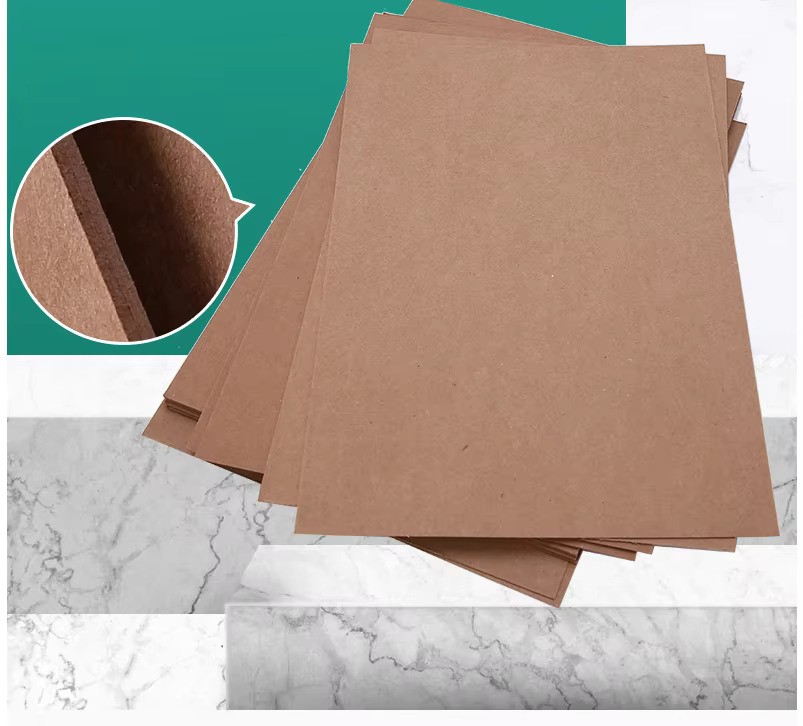
Cost Considerations
You need to think about cost and how well the board works. The grade and weight of kraft liner board change price and strength. Lighter boards cost less but protect only a little. Heavier boards are stronger for big jobs. The height of the fluting, like C flute or E flute, changes how the board works. Better liners cost more because they look nicer and print well.
| Basis Weight Category | Characteristics | Applications |
| Below 200 GSM | Light liners give basic protection and save money | Food and beverage sector |
| 200-400 GSM | Good balance of weight and strength for medium protection | Consumer goods and electronics |
| Above 400 GSM | Heavy liners give the most strength and protection | Industrial and automotive sectors |
Pick kraft boxes that fit your budget and your product’s needs. Kraft paper packaging gives choices for every business.
Kraft Liner Board Types
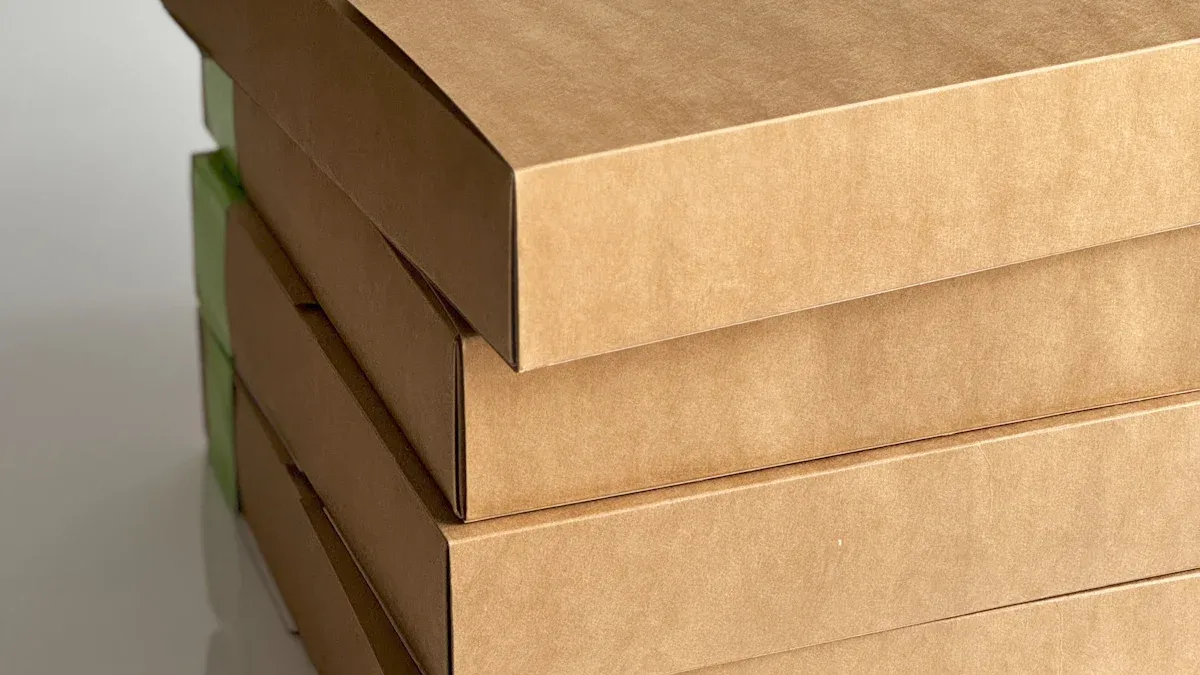
Image Source: pexels
Grades and Thickness
There are many grades and thicknesses of kraft liner board. Most grades are between GSM 80 and 160. These grades make up almost 59% of the world market. You will see them used for packaging and online orders. They are strong but still flexible. If you need to ship heavy things, pick kraft boxes with GSM over 160. Thicker boards give more padding for items like machines or car parts. Always match the grade to your product’s weight and how it will ship.
Tip: Use lighter grades for light items. Thicker grades are better for heavy or breakable things.
Strength Ratings
It is important to know how strong your packaging is. Makers use different tests to check kraft liner board strength. Each test looks at a different feature. Here is a simple guide:
| Strength Rating Type | Measurement Method | Description |
| Concora Test (CMT) | Pressure on fluting | Checks strength under printing pressure |
| Ring Crush Test (RCT) | Force on ring-shaped paper | Finds out how much force it takes to crush the ring |
| Bursting Strength (BFT) | Checks how hard it is to puncture | Good for shipping and transport needs |
Check these ratings before you pick kraft boxes. Higher scores mean your items will be safer when shipped.
Surface and Coatings
Coatings on the surface can change kraft paper a lot. Coated kraft board lets you print clear and bright pictures. This helps your packaging look special and colorful. Some coatings, like silylated soybean oil, keep out water. This keeps your products dry even if it is wet outside. Use coated kraft paper for frozen foods, drinks, or anything that needs to stay dry. Different kraft paper types, like KraftTop and Aqualiner, have special uses. KraftTop is smooth for printing. Aqualiner helps keep water out. Pick the kraft paper that fits your packaging needs.
Measuring for Fit
Sizing Techniques
You need to measure your products carefully before choosing kraft liner board. Start by measuring the length, width, and height of each item. Use a ruler or measuring tape for accuracy. If you want your packaging to fit well, always account for the thickness of the kraft board. The thickness usually ranges from 1/16" to 1/8". Subtract this thickness from the outside dimensions to find the space inside the box. This step helps you avoid tight fits or wasted space.
Tip: Always check the thickness of your kraft liner board before finalizing your box size. This ensures your products fit snugly and stay protected.
Here is a table that shows common terms used when measuring kraft liner board:
| Basis Weight | Description |
| 24" × 36" | Standard sheet size for packaging paper basis weights. |
| 500 sheets | Weight in pounds of 500 sheets cut to a specific size. |
| Caliper | Measures paper thickness in thousandths of an inch. |
You can also improve the sizing performance of your kraft liner board by using special additives. Cationic additives like polyethyleneimine (PEI) and alums help the board resist liquids. A binary system with 1.5% alum and 0.2% PEI works well. You can even reduce the amount of rosin sizing agent to 0.5% and still get good results.
Irregular Shapes
Some products do not have regular shapes. You need to use special techniques to package these items. First, create a virtual box around your product. Add extra space for clearance. This helps you avoid damage during shipping. For fragile or odd-shaped items, use die-cut inner trays. These trays hold your products in place. You can also pair fragile items with honeycomb cardboard or soft cushioning materials.
Customize your box based on the shape and size of your product.
Use die-cut trays for better fixation.
Add honeycomb cardboard or cushioning for extra protection.
You can adapt kraft liner board to fit almost any product. Careful measuring and smart design keep your items safe and make your packaging look professional.
Box Style and Use
Common Styles
You have many choices when it comes to kraft boxes. Each style serves a different purpose. Regular slotted containers (RSC) are the most common. You see these boxes in shipping and storage. They have flaps that meet in the middle when closed. You can use them for books, electronics, or food items.
Die-cut kraft boxes offer more shape options. These boxes fit products with special sizes or shapes. You might use them for bakery goods or gifts. Mailer boxes work well for e-commerce. They open easily and look neat. You can use them for subscription services or small retail items.
Tip: Choose a box style that matches your product’s size and how you want customers to open it.
Custom Options
You can make your kraft box packaging unique with custom options. Custom printing lets you add your logo, colors, or product details. This helps your brand stand out. You can also pick special liners for your boxes. Each liner type gives a different look and function.
| Liner Type | Description |
| Kraft | Made from unbleached, natural wood fibers; ideal for dark or saturated designs. |
| Mottled white | Slightly off-white with natural Kraft undertones; suitable for bright color printing. |
| Coated | Coated for specific colors or characteristics like grease or moisture resistance. |
| Natural Kraft | Composed of 80% virgin wood fiber; recyclable and biodegradable; offers an organic look. |
You can select a liner that fits your product and your brand. For example, natural kraft liners give an eco-friendly look. Coated liners help protect against moisture. Custom options let you design kraft boxes that protect your items and show your brand’s style.
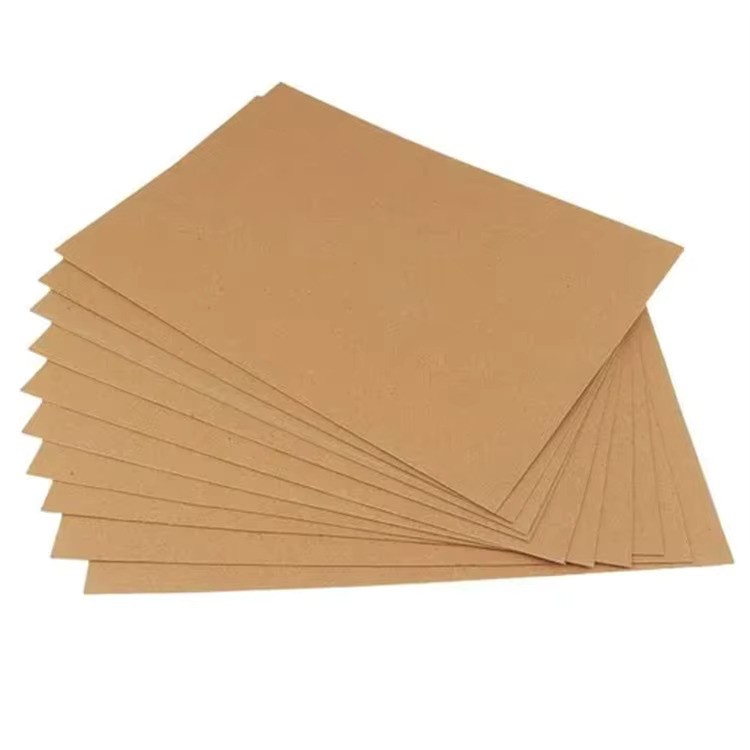
Material Strength
Weight and Durability
You need to choose kraft boxes that match the weight and durability your products require. If you ship heavy or fragile items, you should look for boards with higher strength ratings. EcoEnclose offers corrugated sheet options that work for almost all non-industrial shipping needs. These options help you save money while keeping your products safe. When you pack items that weigh more, you must use thicker boards. Thicker kraft boxes protect your products from drops and bumps during transit.
Here is a table that shows how carton weight and drop height relate to packaging needs:
| Carton Weight (kg) | Drop Height (cm) |
| 1-9 | 76 |
| 10-18 | 61 |
| Up to 70 | ISTA Procedure 3A |
Tip: Always check the weight of your product before choosing the board thickness. Heavier items need stronger kraft boxes to prevent damage.
You can also use special flutes for extra strength. Some common choices include:
23ECT B Flute
32ECT B Flute
32ECT C Flute
32ECT E Flute
44ECT C Flute
These flutes help your packaging stand up to rough handling and stacking.
Edge Crush Test (ECT)
You should understand the Edge Crush Test (ECT) rating when selecting kraft boxes. The ECT rating measures how much force the edge of a box can handle before it crushes. This test shows how well your box will stack and survive shipping. For example, a 32 ECT rating means your box can handle stacking pressure and keep your products safe.
The ECT rating is important for stacking strength.
Higher ECT ratings mean your boxes will not collapse easily.
You need to pick the right ECT rating based on your product’s weight and how you plan to ship it.
Modern shipping often involves stacking boxes on pallets. If you use kraft boxes with higher ECT ratings, you lower the risk of collapse and protect your items better. Always match the ECT rating to your product’s needs for safe deliveries.
Sustainability and Customization
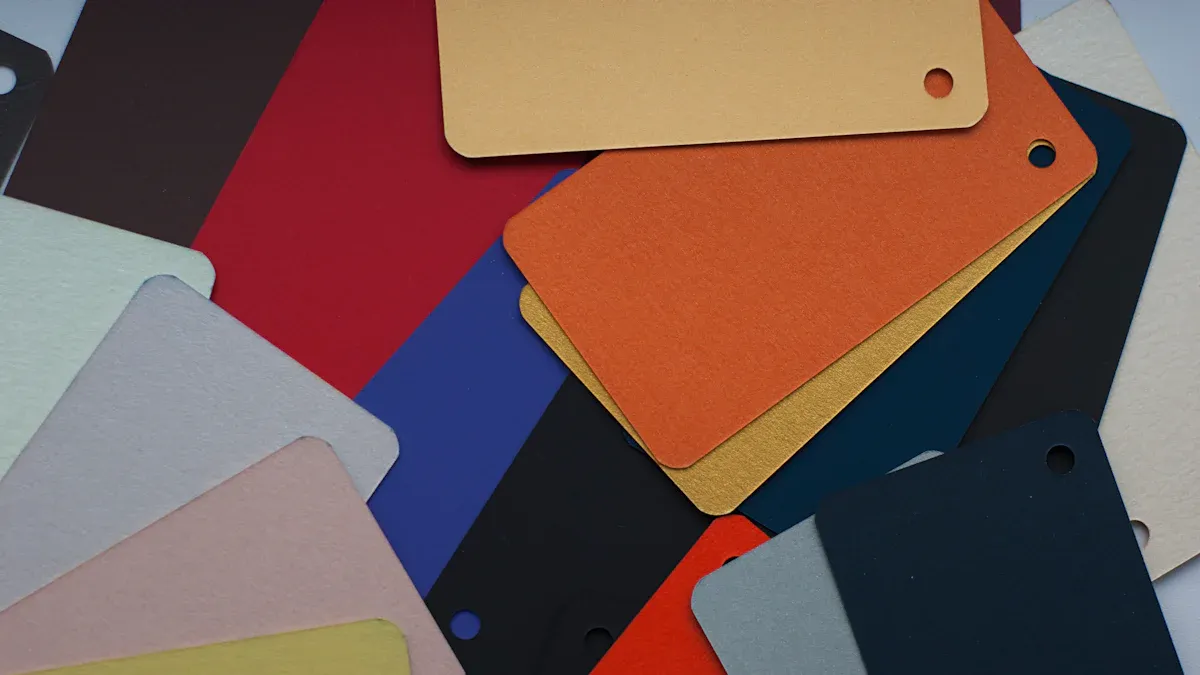
Image Source: pexels
Eco-Friendly Choices
You can help the planet by picking green materials for boxes. Many businesses use kraft paper and testliner to be eco-friendly. Kraft paper is strong and lasts a long time. You can use it for tough jobs and recycle it many times. Testliner is made with lots of recycled paper, sometimes all recycled. This helps the environment even more.
Testliner is cheaper than kraft paper. It works best for lighter or medium jobs. Think about what your product needs, how much you want to spend, and your green goals before you choose. Both kraft paper and testliner protect your items and help the earth.
Tip: Kraft paper is best if you want strong and green boxes. Testliner is good if you want to save money and still help the planet.
Printability
You want your kraft boxes to look nice and show your brand. New ways to print make this easier. Special coatings let you print bright pictures on kraft liner board. These coatings also keep out water and grease.
Here is a table that shows new ways to print on kraft liner board:
| Advancement Type | Description |
| Coating Technologies | New coatings make prints look better and stop spills. |
| Paper Machine Efficiency | New machines make boards smoother and easier to print on. |
| Sustainability Focus | More companies want packaging that is green and can be recycled. |
| Lightweighting | Lighter boards use less stuff but still work well and print nicely. |
Digital printing helps you change designs fast and print small amounts. This lets you follow trends and what buyers want. Many companies work to make kraft packaging even greener and better looking.
Selection Checklist
Steps to Choose
You can make better packaging decisions when you follow a clear checklist. This helps you avoid mistakes and keeps your products safe. Here is a step-by-step guide to help you select the right kraft liner board for your needs:
Identify Your Product’s Needs
Start by looking at your product’s weight, size, and shape. Think about how fragile it is and how far it will travel.
Review Key Considerations for Choosing Kraft Paper
Check the strength, thickness, and durability you need. Decide if you want a sustainable option or if you need special coatings for moisture or grease.
Choose the Right Types of Kraft Paper
Pick the grade and thickness that match your product. Lighter grades work for small, light items. Thicker boards protect heavy or breakable goods.
Check Material Strength
Look at the Edge Crush Test (ECT) rating and burst strength. Make sure the board can handle stacking and shipping.
Select Box Style and Custom Features
Choose a box style that fits your product. Add custom printing or coatings if you want your packaging to stand out.
Measure for Fit
Measure your product and the box carefully. Allow space for the kraft liner board thickness.
Consider Sustainability
Pick materials that are recyclable or made from recycled content. Sustainable choices help the planet and appeal to eco-conscious customers.
Test and Review
Order samples and test them. Check if the packaging protects your product during shipping.
Tip: Using a checklist can save you money by reducing product recalls, returns, and customer complaints. Regular checks help you catch problems early and keep your customers happy.
Here is a table that shows how a checklist can improve your packaging outcomes:
| Benefit | Explanation |
| Saves money | Reduces risk of recalls, returns, and complaints |
| Catches quality issues early | Helps you spot flaws before they become bigger problems |
| Improves customer satisfaction | Ensures consistent quality and better customer experience |
Mistakes to Avoid
You can avoid many common problems by knowing what to watch out for. Here are some mistakes people often make when choosing kraft liner board:
Ignoring Product Weight and Fragility
If you pick a board that is too thin, your items may get damaged. Always match the board strength to your product.
Overlooking Sustainable Options
Some people forget to choose sustainable materials. This can hurt your brand and the environment.
Not Checking ECT or Burst Strength
If you skip these tests, your boxes may collapse during shipping.
Choosing the Wrong Box Size
Boxes that are too big waste space and cost more to ship. Boxes that are too small can crush your products.
Forgetting About Printability
If you do not check how well the board prints, your branding may look dull or unclear.
Skipping Regular Quality Checks
If you do not check your packaging often, small problems can turn into big ones.
Note: Strategic packaging decisions can improve your business profitability. Packaging affects more than looks. It changes your shipping costs, margins, and how customers feel about your brand.
You can avoid these mistakes by following the checklist and reviewing your choices often. This helps you get the best results from your kraft liner board and keeps your business running smoothly.
You can make good choices for packaging by following this guide. Pick the kraft liner board that fits your product’s needs. Use kraft liner for heavy-duty or food items. Test liner is better for light, cheap, or green options. Always pick materials that help your green goals and the planet. Check your packaging often to keep it strong and eco-friendly as trends change. The checklist helps you see real benefits:
| Benefit | Description |
| Improved Product Quality | Your packaging looks nicer and keeps products safe. |
| Reduced Waste | You save money by using less material. |
| Increased Customer Satisfaction | Customers trust your brand and stay loyal. |
FAQ
What is kraft liner board used for?
You use kraft liner board to make strong boxes for shipping and storage. It protects products from damage. Many businesses choose it for packaging food, electronics, and heavy items.
How do you know which thickness to pick?
You check your product’s weight and how fragile it is. Heavy or breakable items need thicker boards. Lighter products work well with thinner boards. Always match thickness to your product’s needs.
Can you recycle kraft liner board?
Yes, you can recycle kraft liner board. Most kraft paper comes from natural wood fibers. Recycling helps reduce waste and supports eco-friendly packaging.
Tip: Always remove tape or labels before recycling your boxes.
Does kraft liner board affect printing quality?
Kraft liner board can affect how your designs look. Smooth, coated boards give brighter prints. Uncoated boards show natural textures. Choose the right surface for your brand’s style.
| Surface Type | Print Quality | Best Use |
| Coated | High | Colorful branding |
| Uncoated | Medium | Natural look |

























